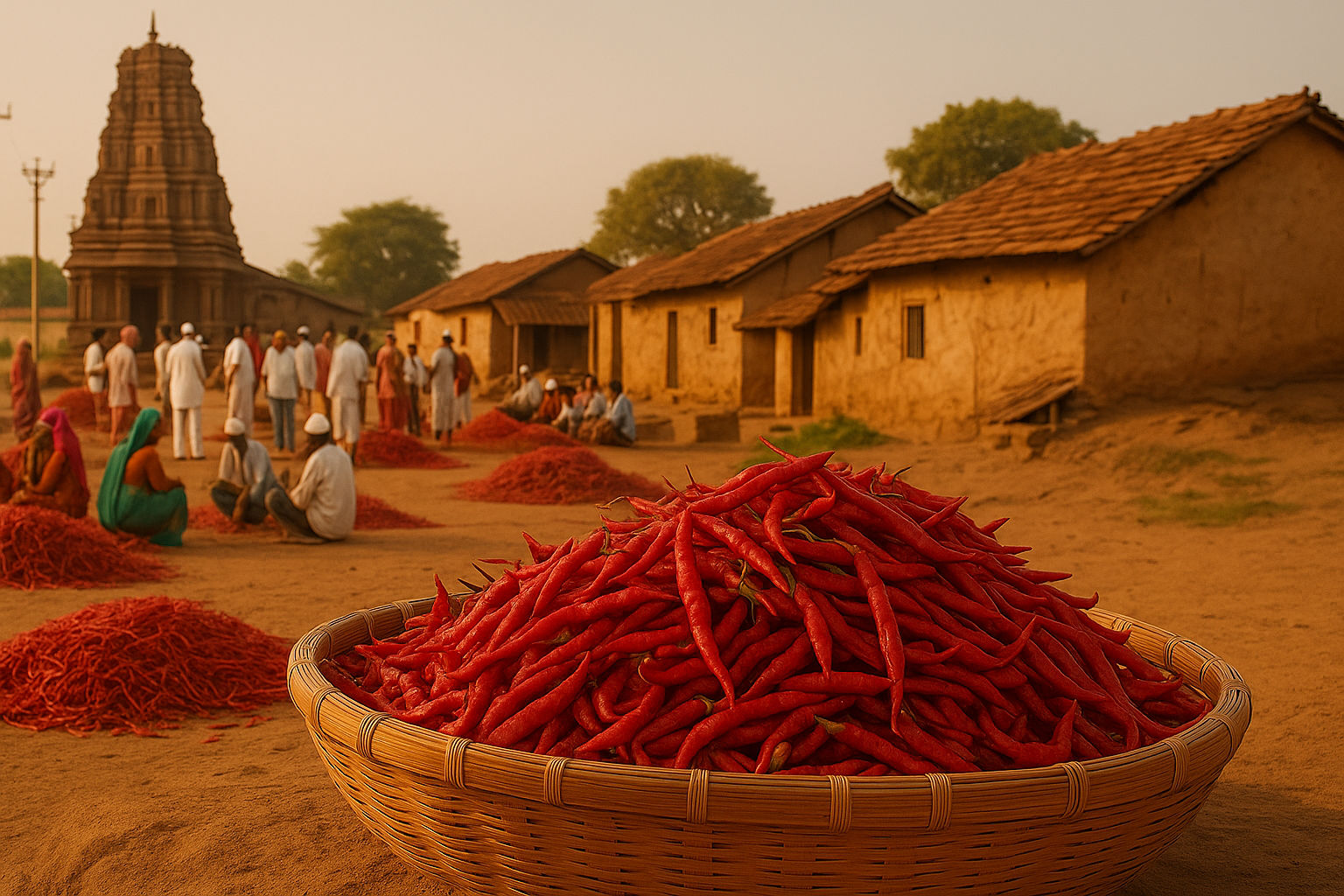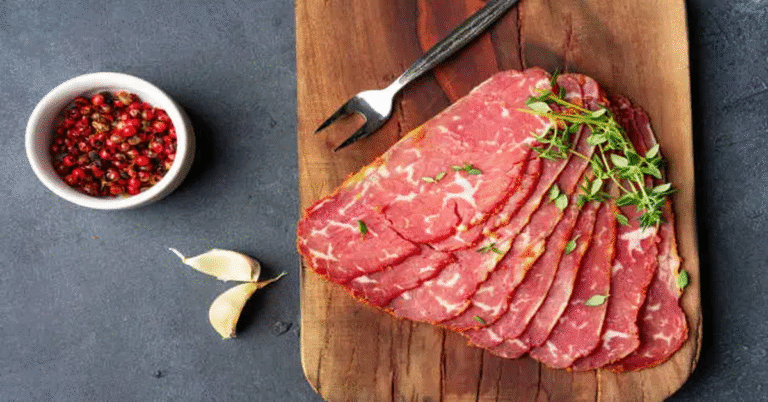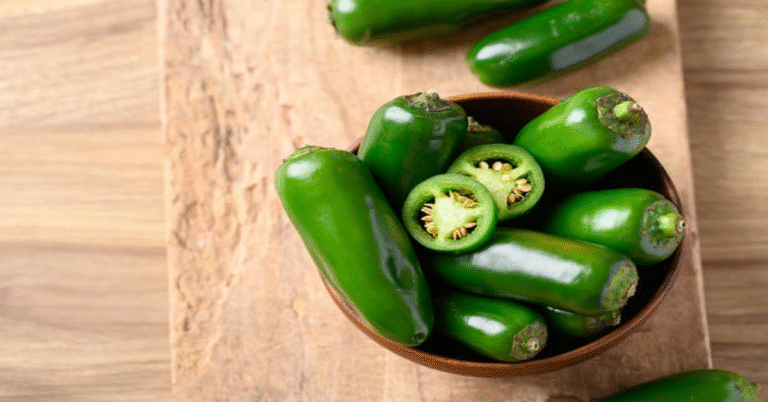
Byadi, more popularly recognized as Byadgi, is a historic town located in the Haveri district of Karnataka, India. Over the years, it has transformed into a name synonymous with the fiery yet deeply flavorful variety of red chili peppers that carry the same name. The Byadgi chili has elevated the town to international recognition, but the story of Byadi is not limited to spices alone. This town reflects the cultural richness, historical importance, agrarian traditions, and unique lifestyle of Karnataka’s heartland. Understanding Byadi involves appreciating its past, its people, its markets, its role in agriculture, and how one crop placed it firmly on the world’s culinary map.
In this article, we will explore Byadi’s history, geography, cultural practices, agriculture, Byadgi chili cultivation, economy, trade, culinary significance, and future opportunities, while also considering its challenges and contributions to Karnataka and beyond.
Historical Background of Byadi
Early Roots of the Town
Byadi’s existence is deeply intertwined with the agrarian settlements of southern India. Historically, this region has been known for farming communities who developed highly sustainable methods of cultivation. Byadi, situated on fertile land with favorable climate conditions, became an agricultural hub centuries ago.
Dynastic Influence
Like much of Karnataka, Byadi was influenced by the great dynasties such as the Chalukyas, Hoysalas, and Vijayanagara rulers. These kingdoms encouraged agriculture, irrigation development, and the growth of local markets. Byadi’s fertile plains benefitted from these advancements, and crops like chili, cotton, and oilseeds flourished.
Cultural Continuity
Over time, Byadi evolved into a vibrant town that retained its agricultural focus. The Byadgi chili, which began as a local crop, steadily became the centerpiece of its economy and cultural identity. The town’s identity today is inseparable from this spice, though its heritage still includes temples, fairs, and folk practices that reflect Karnataka’s deeper cultural fabric.
Geographical Significance of Byadi
Location and Landscape
Byadi is located in the Haveri district, positioned strategically within Karnataka. The area benefits from a semi-arid climate, which, while dry, is favorable for chili cultivation. Rain-fed agriculture is supported by seasonal monsoon rains, and the red soil combined with black cotton soil contributes to the fertility required for chili growth.
Climate and Agriculture
The town experiences hot summers and moderate rainfall. This type of climate allows chili crops to develop their distinctive color, aroma, and pungency. Farmers have adapted to climatic patterns by combining traditional knowledge with improved irrigation techniques.
| Factor | Description for Byadi (Byadgi) |
|---|---|
| Climate Type | Semi-arid, hot summers |
| Rainfall Pattern | Monsoon-dependent, ~700-800 mm |
| Major Soils | Red soil and black cotton soil |
| Crops Cultivated | Chili, cotton, groundnut, maize |
| Temperature Range | 18°C – 38°C |
The World-Famous Byadgi Chili
Unique Characteristics
Byadgi chili, often simply called Byadgi red chili, is a variety prized for its deep red color, wrinkled skin, mild spiciness, and strong aroma. Unlike other Indian chilies known for fiery heat, Byadgi chilies are valued more for their color and flavor, which makes them widely used in food processing and cosmetics.
Key attributes include:
- Mild pungency compared to Guntur chili
- High oleoresin content that gives rich red color
- Wrinkled skin that distinguishes it from smoother chili types
- Long shelf life when dried properly
Cultivation Practices
The Byadgi chili is primarily cultivated by local farmers who rely on both rain-fed and irrigated fields. The process includes seed selection, nursery preparation, transplantation, and careful pest management. Harvesting usually takes place between December and March, after which the chilies are dried and sent to local markets.
| Attribute | Byadgi Chili Value |
|---|---|
| Average Length | 10 – 15 cm |
| Pungency (Scoville) | 8,000 – 15,000 SHU |
| Oleoresin Content | High (rich red pigment) |
| Primary Usage | Food coloring, spice mix |
| Export Destinations | USA, Europe, Middle East |
Market Importance
The Byadgi APMC Market is one of the largest chili trading centers in India. Farmers bring their harvest to be auctioned, purchased by traders, and exported worldwide. Byadgi chili’s oleoresin is a key ingredient in processed foods, sauces, and even cosmetic products like lipstick, making it one of the most commercially versatile spices.
Socio-Cultural Importance of Byadi
Festivals and Traditions
Beyond agriculture, Byadi is a town that thrives on cultural vibrancy. Festivals like Makar Sankranti, Ugadi, and local temple fairs are celebrated with great enthusiasm. These events not only strengthen community bonds but also attract neighboring villagers, keeping traditions alive.
Culinary Practices
In local households, the Byadgi chili is central to Karnataka’s traditional dishes. Curries, chutneys, pickles, and masalas rely on its color and flavor. Unlike extremely hot chilies, Byadgi enhances dishes without overpowering them, making it a preferred choice in Udupi and Mangalorean cuisines.
The Economy of Byadi
Agricultural Economy
The majority of Byadi’s population is directly or indirectly dependent on farming. The Byadgi chili dominates the agricultural economy, contributing to both domestic sales and international exports.
Trade and Market System
Byadi hosts one of the largest chili markets in Asia, where auctions are held regularly. The system involves farmers, commission agents, exporters, and traders. Prices fluctuate based on demand, climatic conditions, and international market trends.
| Economic Factor | Role in Byadi Economy |
|---|---|
| Primary Crop | Byadgi chili |
| Supporting Crops | Cotton, groundnut, maize |
| Market Hub | Byadgi APMC Chili Market |
| Export Value | Significant foreign exchange earnings |
| Employment | Farming, trading, packaging, transport |
Challenges Faced by Byadi Farmers
Climatic Challenges
With changing weather patterns, inconsistent rainfall has affected yields. Farmers are adapting by using drip irrigation, hybrid seeds, and soil testing but face economic constraints.
Market Volatility
Price fluctuations remain a big challenge. Farmers often do not receive stable prices, as international demand and middlemen influence market dynamics.
Pest and Disease Issues
Chili crops are prone to pests like thrips and mites. Effective pest management requires knowledge and investment, which small farmers sometimes lack.
Byadgi Chili in Global Context
Culinary Uses Worldwide
Byadgi chili is widely used in Indian curries, Chinese sauces, European processed foods, and Middle Eastern spice blends. Its coloring properties make it valuable in paprika substitutes and food industries that require vibrant red coloring.
Cosmetic and Industrial Uses
Interestingly, Byadgi chili extracts are used in lipsticks, nail polish, and other cosmetics because of their natural red pigment. This makes Byadi unique, as few agricultural products transition so seamlessly into the beauty industry.
Future Prospects for Byadi
Technological Advancements
With the adoption of better farming practices, digital marketplaces, and government support schemes, Byadi has the potential to further strengthen its position as a spice hub.
Branding and GI Tag
Byadgi chili has already received a Geographical Indication (GI) tag, which protects its uniqueness and boosts branding opportunities for exports. Proper marketing under this tag can ensure better prices and recognition for farmers.
Agritourism Opportunities
Byadi can also evolve into a cultural and agritourism hub where visitors explore chili farms, spice markets, and cultural traditions, thereby diversifying its economy.
Conclusion
Byadi is not just a town in Karnataka; it is a living example of how agriculture, culture, and trade shape identity. The Byadgi chili, world-famous for its unique qualities, has made this small town globally significant. At the same time, Byadi continues to thrive on its traditions, markets, and people who sustain its agricultural economy. By preserving its cultural heritage, adopting modern practices, and expanding global outreach, Byadi has a promising future that balances its proud past with modern opportunities.
FAQs
1. What is Byadi famous for?
Byadi, or Byadgi, is most famous for its red chili variety known for rich red color and mild pungency.
2. Where is Byadi located?
Byadi is a town in the Haveri district of Karnataka, India, and serves as a major agricultural hub.
3. What makes Byadgi chili unique?
Byadgi chili is valued for its wrinkled appearance, rich red pigment, mild spiciness, and strong aroma.
4. Is Byadgi chili used outside India?
Yes, it is exported to countries in Europe, the Middle East, and the United States for use in food and cosmetics.
5. What challenges do Byadi farmers face?
They face issues such as unpredictable rainfall, market price fluctuations, and pest attacks on chili crops.






